 |
| February 24, 2020 |
Dear Reader,
Katherine Johnson, whose career making vital calculations for NASA was immortalized in the 2016 book and movie "Hidden Figures," has died at 101. The pioneering mathematician overcame barriers of racism and misogyny to help develop U.S. human spaceflight. Her legendary career with NASA lasted from 1953 to 1986. At age 97, in 2015, she received the Presidential Medal of Freedom, the nation's highest civilian honor. Also in today's news: The first official results from NASA's quake-hunting InSight Mars lander just came out; a new map of Antarctica reveals good and bad news about potential ice loss in different parts of the continent; and scientists say they have removed one of the last obstacles to commercializing a more efficient and cheaper solar panel made from an alternative material to silicon called perovskite. |
| | Sunya Bhutta, Senior Editor, Audience Engagement
@sunyaaa | |
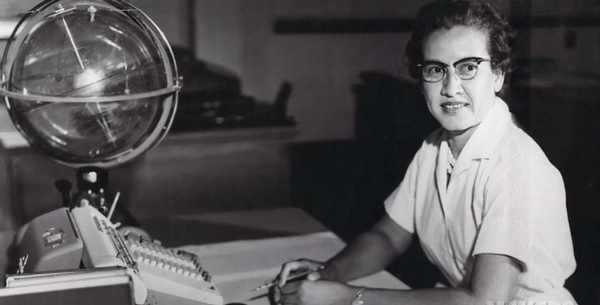 |
| |
| |
| |
| |
| |
| |
FROM THE STORE
 | | Ask the Experts: Physics and Math Scientific American's "Ask the Experts" column has been answering reader questions for nearly two decades. Now, we've combed through our archives and compiled some of the most interesting entries into a series of eBooks organized by subject. In the first of the series – Physics and Math – professors and researchers tackle a wide range of natural phenomena and mathematical concepts from what is antimatter to applications of game theory to what we know about tachyons. |  | | |
| |
FROM THE ARCHIVE
 | | | |
| QUOTE OF THE DAY
 "I didn't allow their side-eyes and annoyed looks to intimidate or stop me. I also would persist even if I thought I was being ignored. If I encountered something I didn't understand, I'd just ask. And I kept asking no matter whose calculations I was evaluating--an engineer's or the head of the entire department." Katherine Johnson, NASA Mathematician | |
LATEST ISSUES
 |
| |
| Questions? Comments?  | |
| Download the Scientific American App |
| |
| |



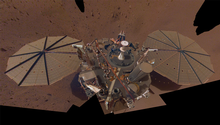


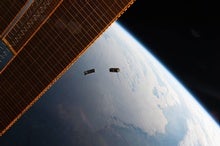
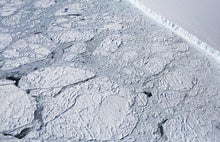
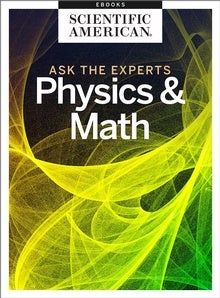

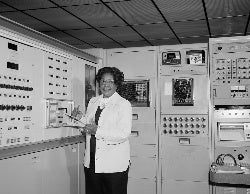
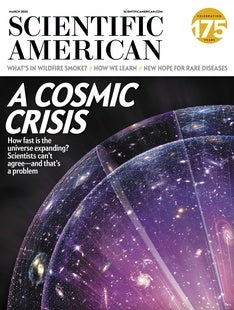

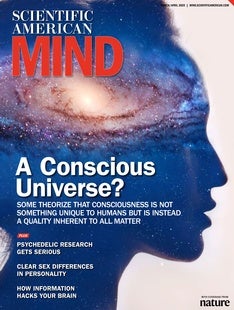

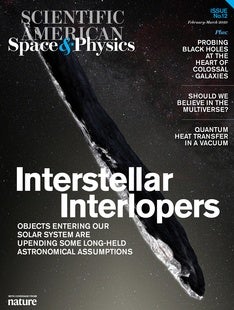



Comments
Post a Comment